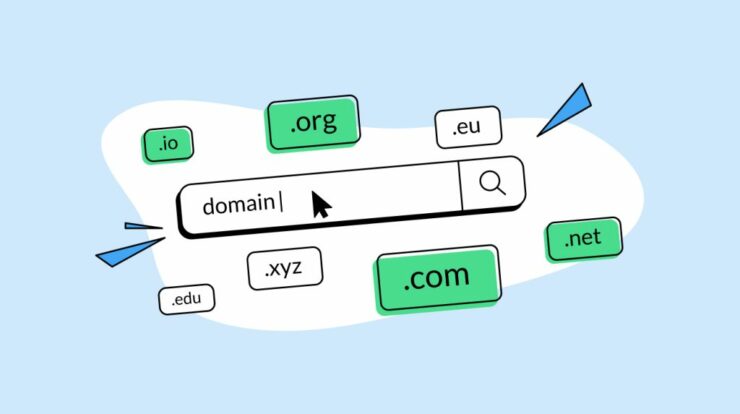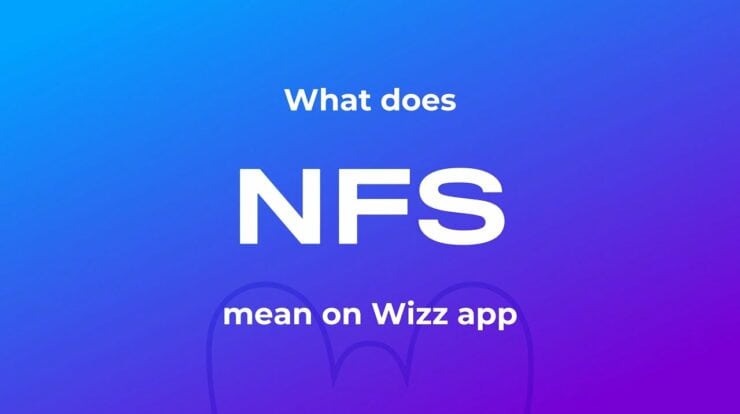
When creating a website, the first thing you need to do is choose a domain name. You might have a lot of questions about domain names. In this article, I answer some of the most asked questions about domains. Those questions are:
- Domain Name vs. URL: What’s the Difference?
- How To Register for a Domain Name
- Do Domain Name Extensions Matter?
- I Bought My Domain Name. Now It’s Mine Forever… Right?
- The Domain Name I Want Is Taken. What Do I Do?
Let’s get started.
Domain Name vs. URL: What’s the Difference?
A domain name is the address of your website, which you type in the address bar. This is necessary so users can find and access your website easily. Examples of domain names include Google.com and Wikipedia.org.
URL short for Universal Resource Locator is the complete web address where users can find a particular page on a website. For example, https://en.wikipedia.org/wiki/Main_Page and https://www.google.com/doodles/.
How To Register for a Domain Name
1. Choose the Right Domain Name
Your domain name should be brandable, meaning it is a name that is uniquely yours, catchy, and memorable. Brandable names have no specific meaning. This allows a more straightforward correlation between the word to your business. This is crucial because once you settle on a domain name, you can’t change it again.
Besides that, there are other things to consider when creating a domain name. Some of those things are:
- Make it easy to spell and pronounce.
- Keep it short and simple.
- Avoid hyphens, numbers, and doubled letters.
- Pick the right domain name extension (TLD).
- Avoid slang words – Because not all of your readers will understand what the slang word means.
2. Check If the Domain Is Available
You need to make sure that the domain name you want is available. The last thing you want to happen is finding out that it is unavailable.
Worry not. It’s relatively simple to check whether your domain name is available or not. You can use domain name checkers to help verify its availability. Not only that, but the tools can also help you get alternative ideas in case the name you want is unavailable. This can be by giving you synonym words or by changing the domain extension.
Hostinger has a great domain name checker that is very easy to use. All you need to do is type in your domain name on the search bar and just press search. Then you’ll see whether it is available or not. Once you’re done, there’s an option to purchase it, which you should do immediately to secure the name.
3. Choose a Domain Name Registrar
It’s not necessary to go to a dedicated domain name registrar to get your domain name. Usually, web hosting companies also provide the service to register your domain name. They typically do this to make it easier for users who are creating a website. You don’t need to go to other websites to purchase domain names and can do it straight from their own.
Ensure the domain name registrar of your choice is ICANN certified. ICANN is an organization that coordinates domain names worldwide.
4. Point the Domain Name to Your Website
If you use a web host to register your domain, usually this is already done by them. But in case you use a different site to buy a domain name and build your website, there are a few steps you need to do for the domain name to link to your website. Some of the steps are:
- Ask for your web host’s DNS servers/name servers.
- Login to your registrar’s system.
- Go to your Domain Manager page.
- Select the domain name you want to set with name servers.
- Fill in the necessary information.
5. Verify Your Ownership
The last step is to verify domain ownership. The registrar will send you an email to the address you used for registering your domain. This usually happens within a few minutes after the purchase.
All you need to do is verify your contact information, and the domain name is yours. I recommend you do this immediately because if you take too long to reply, the domain name might be suspended.
Do Domain Name Extensions Matter?
Domain extensions are the .com and .org of a website, basically the last part of a domain name. They’re also known as Top-level Domain (TLD).
Using the right domain extension is crucial. It can help build customers’ trust through familiarity and a good reputation. It may also improve the site’s online presence compared to the less popular TLDs.
Usually, most people would go for the .com since it is the most used and memorable one. Users are more likely to type .com when typing a website address in search bars than other TLDs. If you want to play it safe, use .com.
But other TLDs also have their advantages. For example, country-specific domains like .in are suitable for businesses targeting local customers, and TLDs like .org or .io are great for letting people know about what you do from the beginning.
I Bought My Domain Name. Now It’s Mine Forever… Right?
The short answer is no. It’s not yours forever. You need to renew your domain name license every year to keep the rights to reserve the name exclusively for your website.
Think of it like owning a real-estate and having to pay taxes every year. If you don’t pay, you’ll risk losing your real estate, allowing other people to buy it from you. The same goes for domain names. If you don’t pay the yearly fee, you’ll lose all the traffic, backlinks, and everything related to your domain name.
However, some domain name registrars provide the option to pre-pay the domain name for up to ten years, ensuring that the domain name is yours no matter what for up to ten years.
The Domain Name I Want Is Taken. What Do I Do?
It’s normal to encounter this issue when choosing a domain name. This is mainly because there are over 1.8 billion active websites now, which means that people are likely to come up with the name you want.
Worry not because there are still a few ways for you to get the domain name you want, and if all that fails, there’s always option three.
Option 1: Offer to Purchase the Name
Now, this is a time-consuming option because you’ll need to search for who owns the domain name you want. If you can’t reach out by visiting the website, you can check the WHOIS registry to see who owns the domain, but most likely, the owner will have privacy protection enabled; thus, you won’t find any contact information.
The solution is by using a domain name broker service to make an offer for the domain name you want on your behalf. You’ll need to prepare to negotiate in case the owner wants to sell.
Option 2: Choose a Different TLD
The easiest way to get the domain name you want is by changing the TLD. For example, if the .com extension is taken, you can use the .net or .org.
But doing this raises another issue, customers might not trust your site and find it easily if they confuse it with the .com version. You’ll also need to bear in mind that the original domain name might have trademarked it, thus exposing you to potential legal trouble.
Option 3: Use a Different Name
You might have to shift strategies and be open to new ideas. Now you might get stuck having spent countless hours on the one domain name you want.
Well, that’s where domain name generators come in. These are tools that help you generate alternative and new ideas from the domain name you want. All you have to do is type in your original domain name. If it’s not available, they’ll come up with a list of alternatives for you.
Who knows, perhaps they’ll have some brilliant ideas that you couldn’t think of before.
Final Thoughts
I’ve answered some questions that are often asked by people. Hopefully, by reading this, you now have a general idea of a domain name and how it works. All that’s left for you now is to start creating your domain name and begin your internet journey. Good luck!


